Once you reach midlife, muscle mass begins to decline gradually, which is a natural but preventable part of aging. Research shows that adults begin losing muscle mass and function (a process known as sarcopenia) at a rate of about 1 to 2% each year after age 50. This makes daily activities like climbing stairs, standing from a chair, and carrying groceries more and more challenging if left unaddressed.
Fortunately, you don’t need a gym membership or heavy dumbbells to turn the tide on age-related muscle loss. A consistent bodyweight routine can rebuild muscle, restore mobility, and support independence. To learn more, we spoke with Meagan Kong, CPT, AlterMe’s Head of Fitness, who reveals her top five bodyweight exercises for reversing muscle loss after 50. “Time tries to steal muscle, but you can steal it right back,” Kong tells us. “A few consistent bodyweight moves go a long way toward rebuilding strength and keeping your independence.”
The following 30-day bodyweight program focuses on classic movements that strengthen the foundation of your body, including your legs, hips, chest, and core. Each exercise is safe, effective, and functional, meaning it carries over directly into the way you move every day. Read on for the exercises and instructions for each, then, when you’re finished, be sure to check out these 7 Standing Moves That Reverse Muscle Loss Better Than Weight Training After 40.
5 Simple Bodyweight Moves That Reverse Muscle Loss
Chair Squats


Squats are a powerhouse exercise for combating age-related muscle loss because they target the quads and glutes, two of the largest muscle groups in the body. The chair variation makes the movement safe and approachable for beginners. Additionally, a 2024 study found that squatting ability strongly correlates with independence in older adults.
How to do it:
- Sit on the edge of a sturdy chair with your feet hip-width apart.
- Cross your arms over your chest or keep them extended in front.
- Press through your heels to stand tall.
- Lower back down slowly until you lightly touch the chair seat.
- Perform 3 sets of 10 to 12 reps. Rest for 60 to 90 seconds between sets.
Beginner modification: Place a cushion on the chair to shorten the distance.
Common mistakes to avoid: Collapsing your knees inward or rocking forward on your toes.
Wall Push-Ups


Traditional floor push-ups can feel intimidating or uncomfortable on the joints. Fortunately, wall push-ups are joint-friendly variation that can still build strength in the chest, shoulders, and triceps.
How to do it:
- Stand facing a wall or counter.
- Place your hands shoulder-width apart on the surface.
- Step back until your body forms a straight line.
- Bend your elbows and lower chest toward the wall.
- Press back to the starting position.
- Complete 3 sets of 8 to 12 reps.
Beginner modification: Start closer to the wall for less resistance.
Common mistakes to avoid: Letting your hips sag or arching your back.
Glute Bridges
The glute bridge builds the muscles most often weakened by sedentary lifestyles, such as your glutes, hamstrings, and core. Strong glutes protect your lower back, improve posture, and support stability during walking or climbing stairs.
How to do it:
- Lie on your back with your knees bent and feet flat, heels under your knees.
- Press through your heels to lift your hips off the ground.
- Squeeze your glutes at the top.
- Lower slowly with control.
- Do 3 sets of 12 reps. Rest for 60 to 90 seconds between sets.
Beginner modification: Hold the bridge for just a few seconds at the top, then increase duration as you get stronger.
Common mistakes to avoid: Overarching your lower back or allowing your knees to splay outward.
Step-Ups


Few moves are more functional than step-ups. They directly train the motion of climbing stairs, while building strength in the quads, glutes, and calves, which studies show can reduce fall risk for older adults.
How to do it:
- Stand in front of a sturdy step or low bench.
- Place your right foot on the step.
- Drive through your heel to lift up your body.
- Bring your left foot up to meet the right.
- Step back down with control.
- Perform 3 sets of 8 to 10 reps per side. Rest for 60 to 90 seconds between sets.
Beginner modification: Start with a very low step or perform only partial step-ups.
Common mistakes to avoid: Pushing off the back leg instead of fully engaging the front.
Calf Raises


Calves are an often neglected muscle group, but strong lower legs are essential for walking, climbing stairs, and maintaining balance. Plus, calf raises have been found to improve ankle strength and stability, helping to prevent trips and falls.
How to do it:
- Stand with your feet hip-width apart near a wall or chair for support.
- Rise onto the balls of your feet.
- Pause briefly at the top.
- Lower slowly back to the ground.
- Complete 3 sets of 12 to 15 reps. Rest for 60 to 90 seconds between sets.
Beginner modification: Perform seated calf raises if standing balance is challenging.
Common mistakes to avoid: Rushing the movement or letting your ankles roll outward.

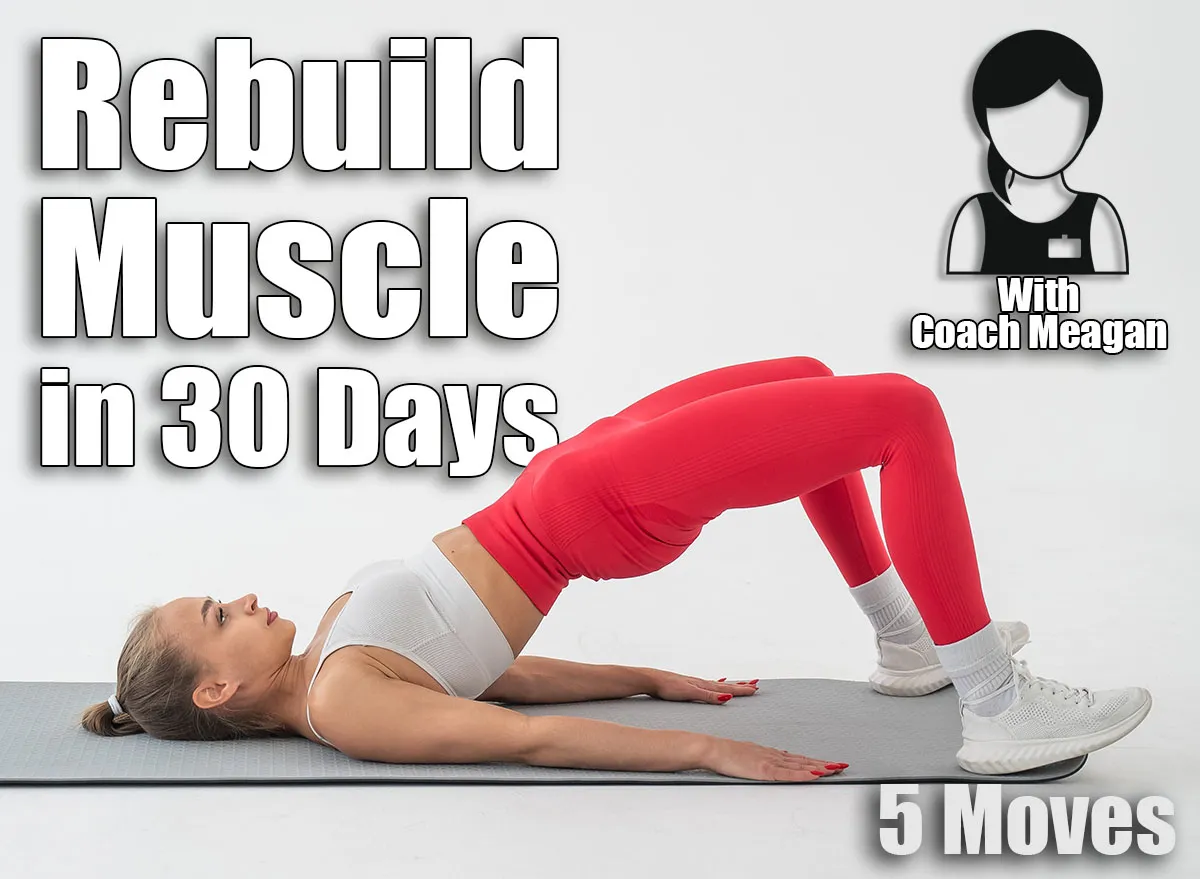
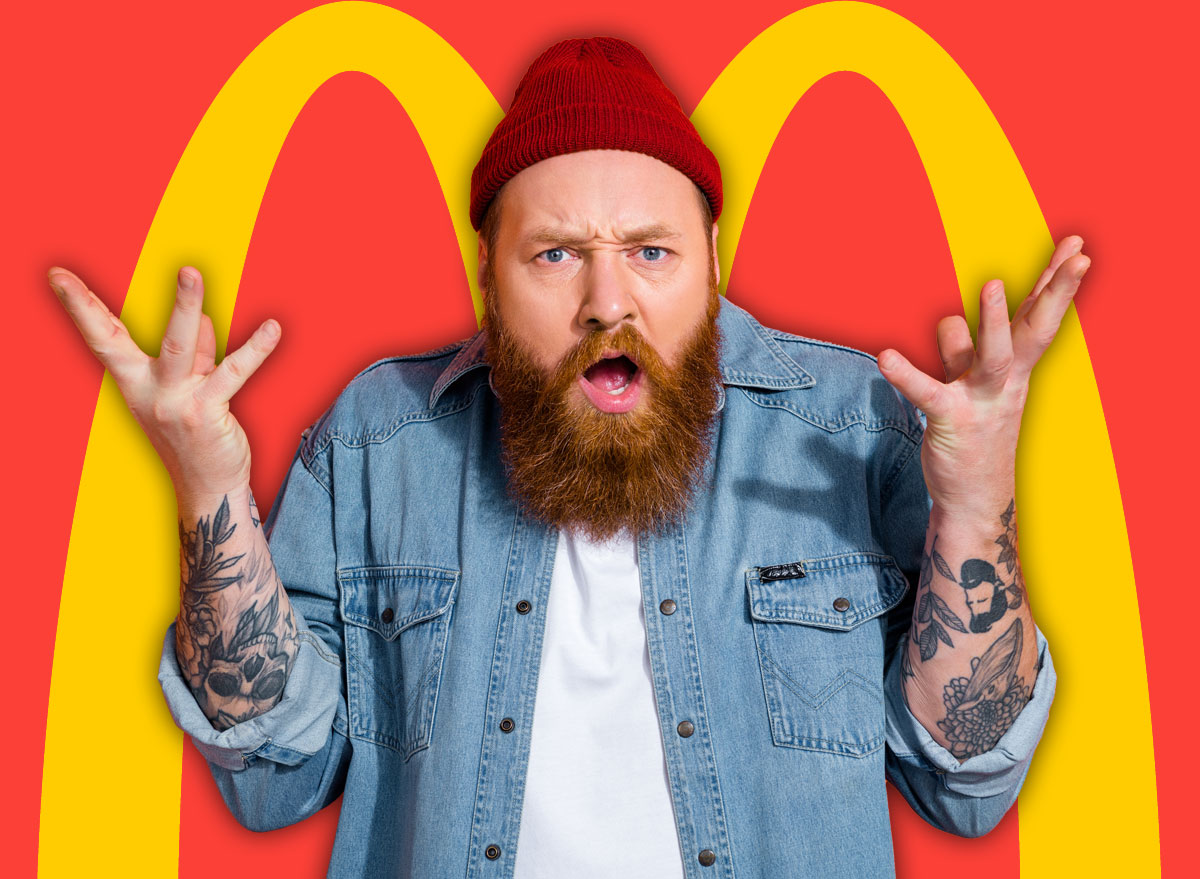

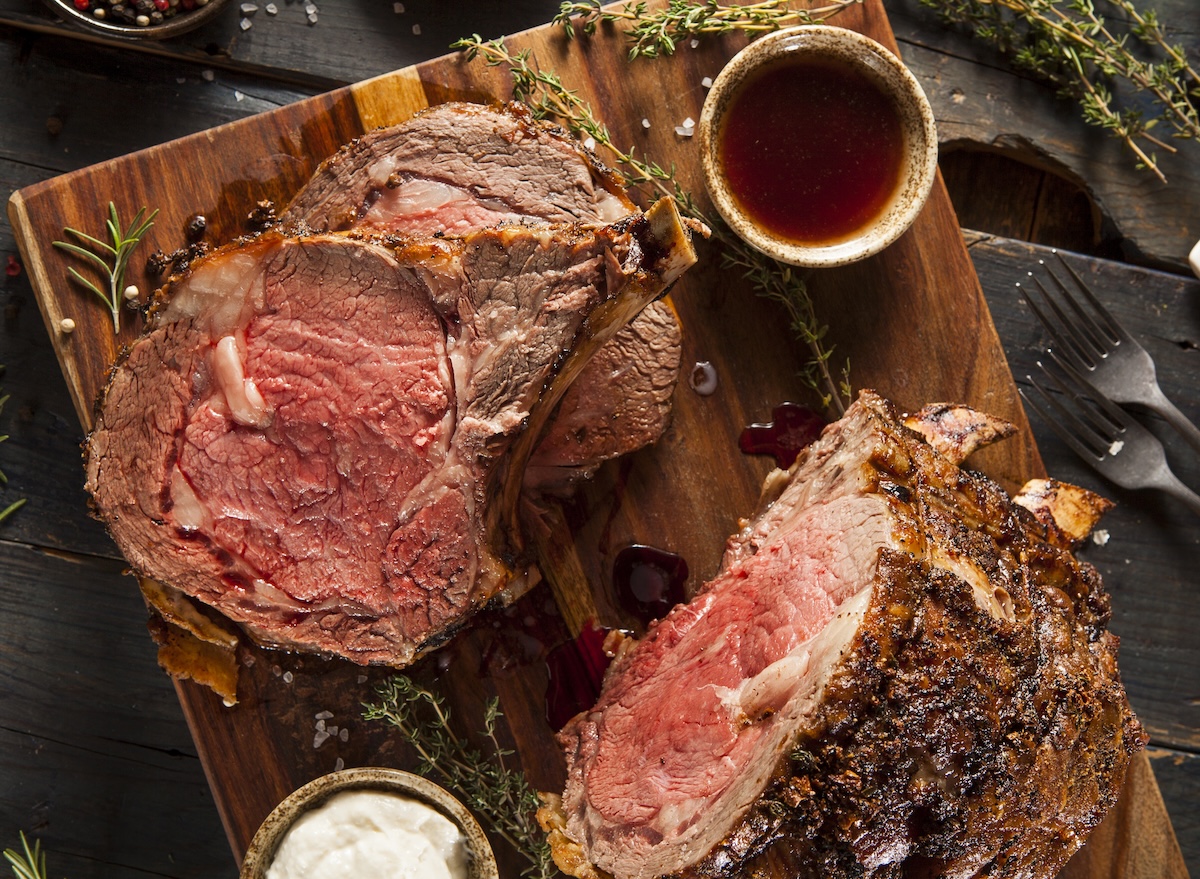

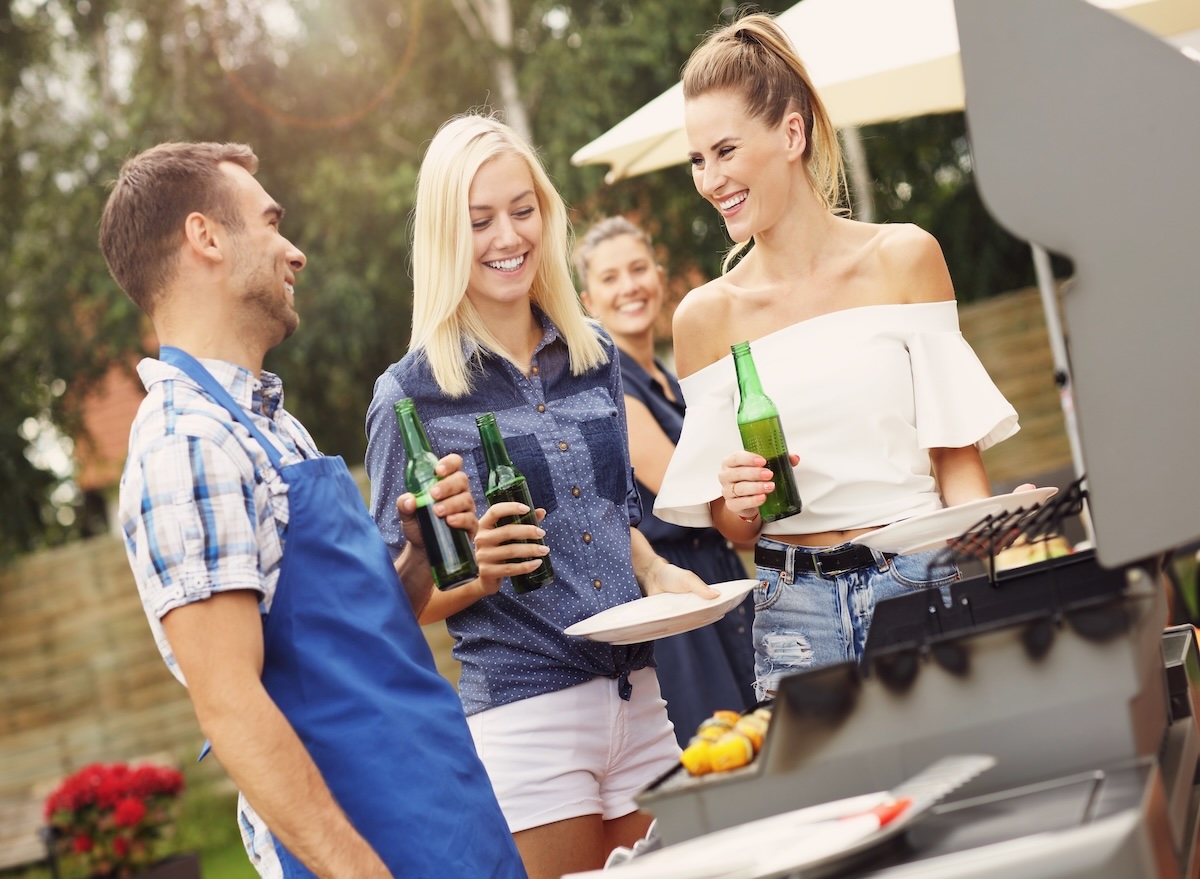
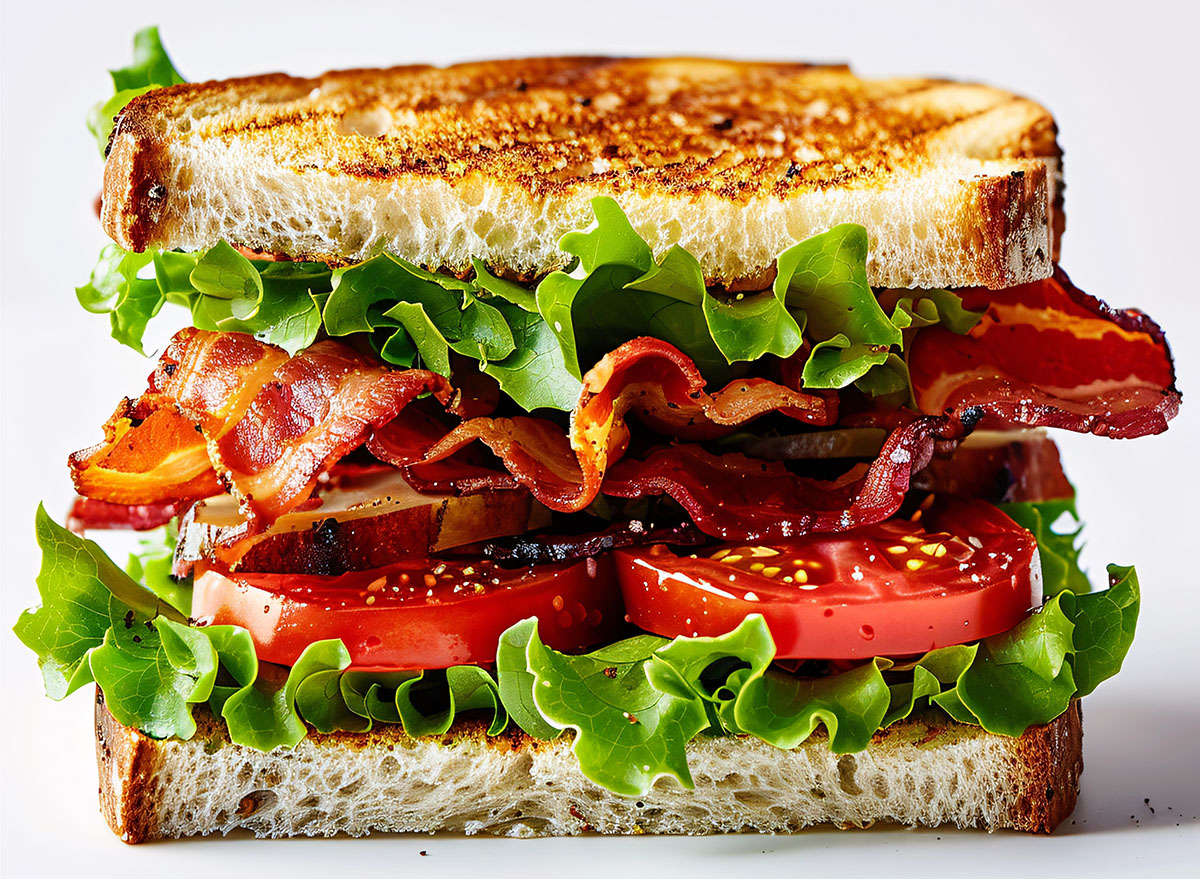
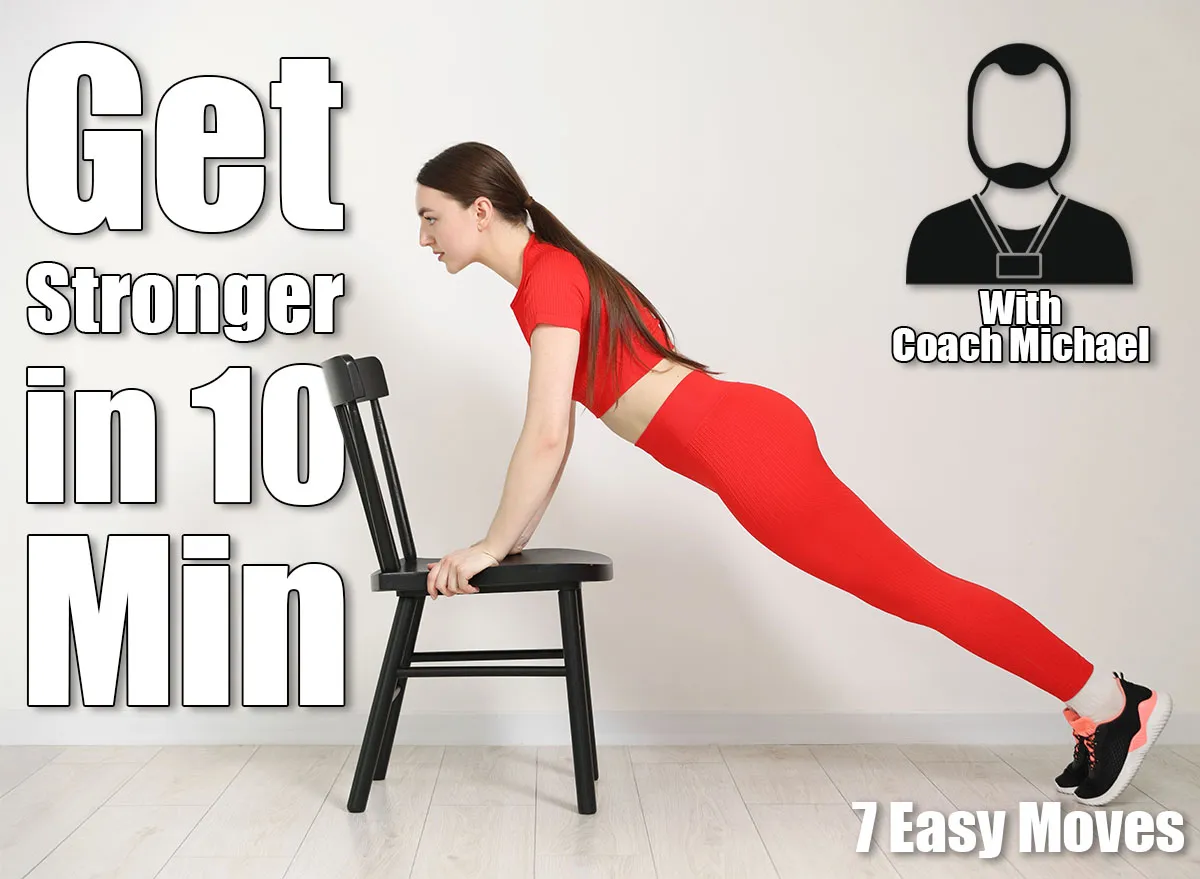
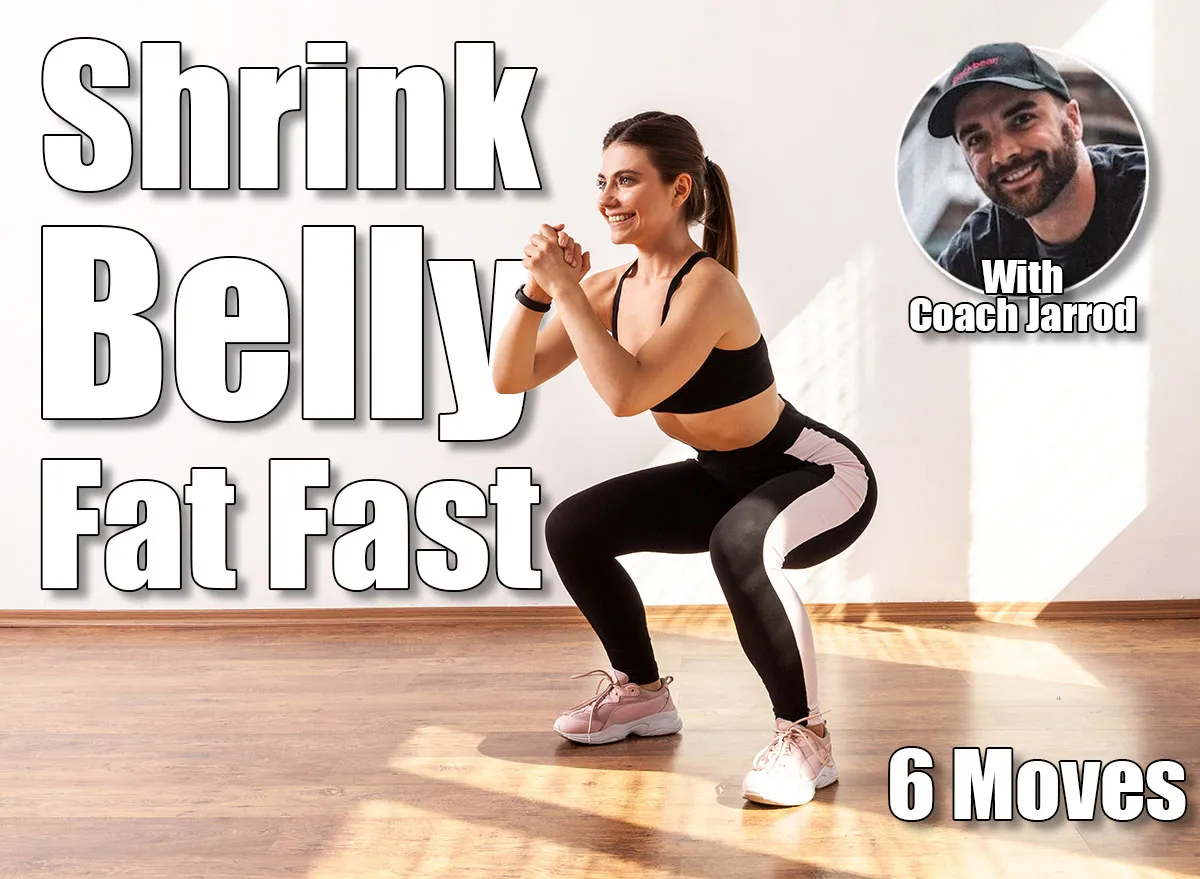
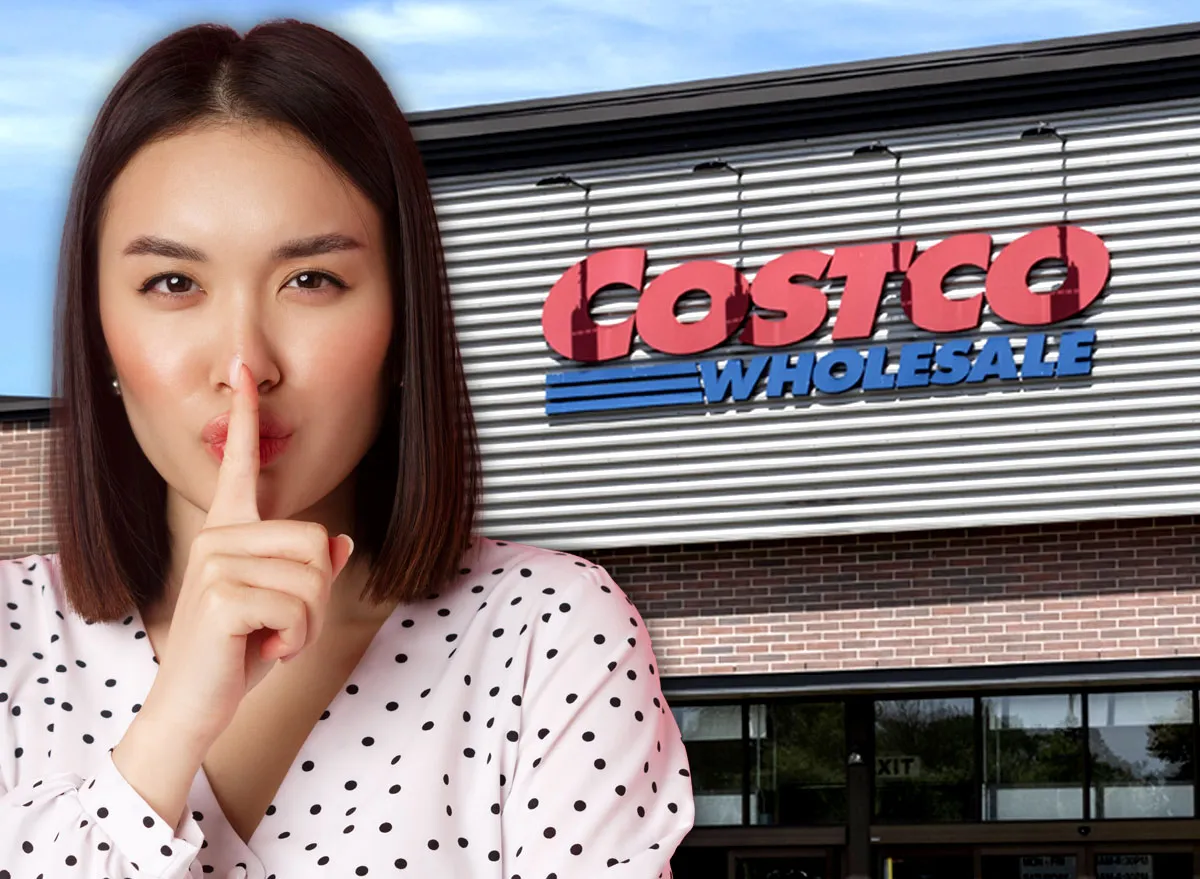




Leave a Reply